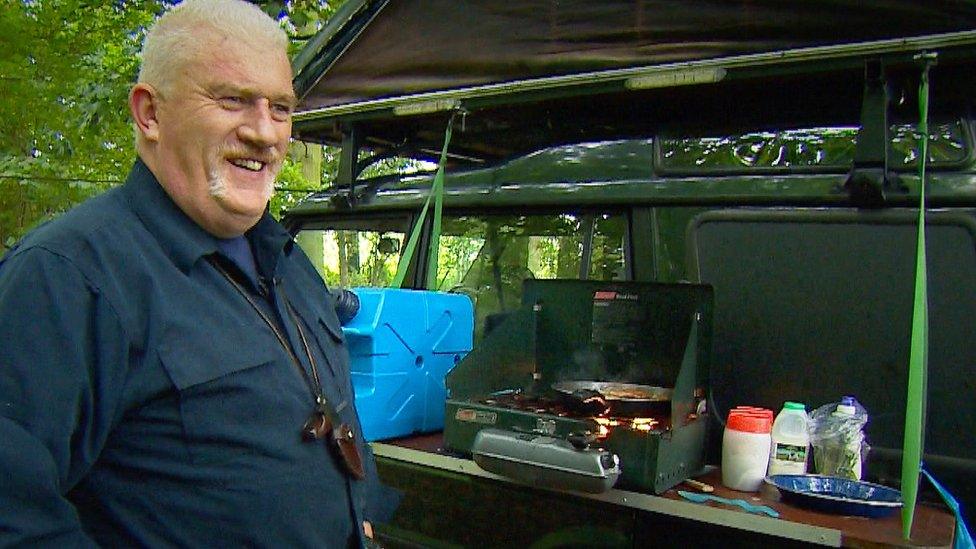'Doomsday Clock' to stand still amid nuclear tensions
- Published
A look back at the history of the Doomsday Clock which will remain set at three-minutes-to-midnight
The so-called Doomsday Clock will remain set at three-minutes-to-midnight amid global perils such as climate change and nuclear proliferation.
The Bulletin of the Atomic Scientists (BPA), the group behind the clock, said the standing still is "not good news".
The minute hand on the Doomsday Clock is a metaphor for how vulnerable the world is to catastrophe.
"It remains the closest it has been over the past 20 years," said Rachel Bronson, BPA's executive director.
In addition to nuclear arms and climate change, the group also cited growing cyber threats and an uptick in terrorist attacks in their decision to keep clock unchanged.
Lawrence Krauss, chairman of the BPA's Board of Sponsors said that the Iran nuclear agreement and the Paris climate accord were good news, but said it remained unclear if the Paris agreement would actually reduce greenhouse gas emissions.
He also noted increased tensions between the US and Russia as a sore point.
Last year, the scientists moved the clock up from five-minutes-to-midnight, noting the threat of climate change, the modernisation of nuclear weapons as well as large nuclear arsenals.
At the time, they said the threats were "extraordinary and undeniable threats to the continued existence of humanity".
The Bulletin of the Atomic Scientists was founded at the University of Chicago in 1945 by a group of scientists who helped develop the first atomic weapons. Their metaphorical clock was created two years later.
Today, the group includes physicists and environmental scientists from around the world, who decide whether to adjust the clock in consultation with the group's Board of Sponsors - which includes 17 Nobel laureates.
The closest the clock has come to midnight was in 1953, when it was moved to two minutes from the apocalyptic midnight, following hydrogen bomb tests by the US and Russia.
- Published27 October 2015

- Published27 October 2015
